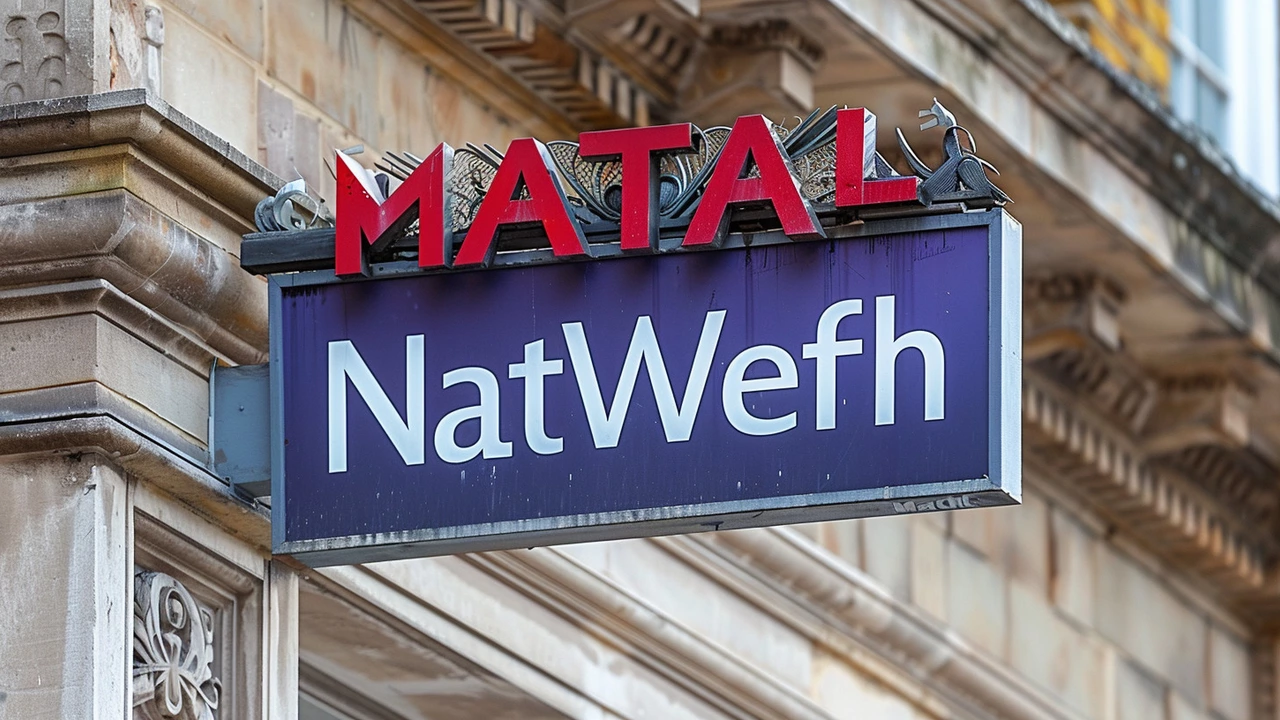Banking Outage: What Happens and How to Handle It
If you’ve ever tried to log into your bank only to see a black screen, you’ve experienced a banking outage. It’s a sudden loss of access to online banking, mobile apps, ATMs or even branch services. The inconvenience can range from a few minutes to several days, and it can leave you worrying about bills, payroll or a missing transaction.
Common Reasons Behind Banking Outages
Most outages start with a technical glitch. A server upgrade that goes wrong, a software bug, or a mis‑configured firewall can shut down the whole system. Cyber attacks are another big trigger – ransomware or a DDoS (Distributed Denial of Service) flood can overload a bank’s network and force it offline. Natural events like power cuts, severe weather or even a fire in a data centre can also knock out the connection. Finally, routine maintenance sometimes goes longer than expected, especially when banks try to patch security holes quickly.
Steps to Take When Your Bank Goes Offline
First, don’t panic. Check the bank’s official social media or status page – they usually post updates within minutes. If the outage is short, you can wait it out and try again later. For longer disruptions, use an alternate payment method: a credit card, a neighboring bank’s ATM, or cash if you have it on hand. Keep track of any pending transactions; once the system is back, you’ll want to verify that they went through.
Give the bank a call if you need urgent help. The phone line often stays up when digital services are down. Ask for a reference number for any issue you report – it helps the support team trace the problem later. While you wait, review your recent account activity for any suspicious moves. If you spot something odd, flag it right away; some fraud can slip through when systems are rebooted.
After the outage, set up alerts that text or email you when large transactions happen. This way you’ll know instantly if something goes through while you’re not watching the screen. Also, consider keeping a small emergency fund in a separate account or cash. That cushion can cover a missed bill or an urgent purchase until the bank is back online.
Finally, think about backup banking options. Many fintech apps link to your main account but have their own infrastructure, so they can still show balances when the primary bank is down. Having a secondary account with another bank gives you an extra way to move money if one side is offline.
Banking outages are frustrating, but they’re usually resolved quickly. By staying calm, using alternate channels, and keeping an eye on your accounts, you can minimize the impact and get back to normal without missing a beat.
NatWest Apologises for Banking Outage as Online Services Resume
NatWest apologised to customers after encountering a glitch that disrupted mobile and online banking services for approximately four hours. Customers could not access their accounts, check balances, or transfer money. The bank suggested using alternative services like telephone banking and ATMs. The issue started around 6am and was resolved later in the morning. NatWest addressed the inconvenience and asked for direct messages on X for specific concerns.
Details +